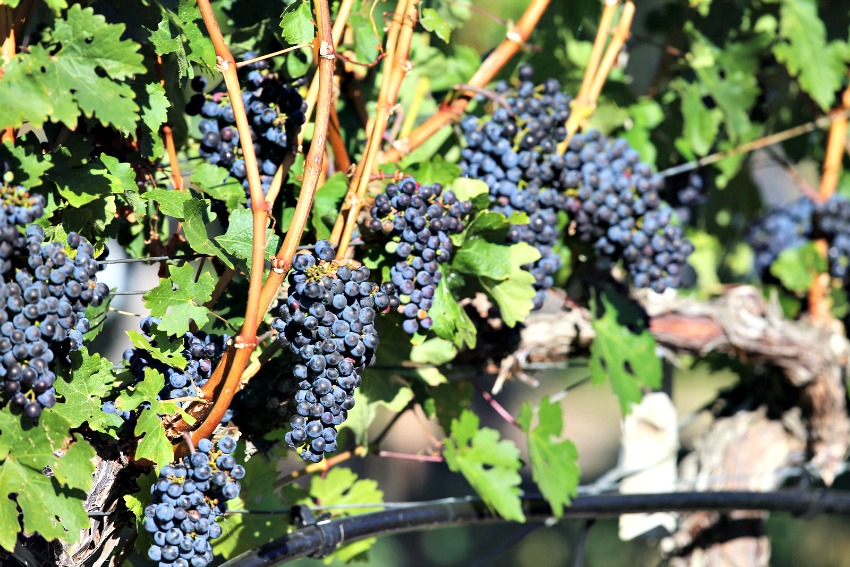Byline: Wendy Mcleod, Kelowna Now
The future of B.C.’s wine industry could include four new wine regions.
That was one of 13 recommendations put together over the past several months by the BC Wine Appellation Task Group. The independent ad-hoc committee, which is made up of leading representatives from the wine industry, released their final report on the future of B.C.’s system of appellations on Thursday.
Consultation with wine producers and industry stakeholders showed support for additional appellations in developing wine regions. The proposed viticultural areas include the Thompson Valley, Lillooet-Lytton, Shuswap, and Kootenays.
If approved, these areas would join the current list of five designated wine regions including the Okanagan Valley, Similkameen Valley, Fraser Valley, Vancouver Island, and Gulf Islands.
“Around the world today wine makers and wine enthusiasts are increasingly interested in the soil and climate conditions of where the wine is grown,” said chair Ezra Cipes. “Our recommendations will help to strengthen a sense of place for our wines that is uniquely about British Columbia.”
One of the other recommendations included creating a framework for 15 sub-appellations within the Okanagan Valley, from Vernon down to the US border.
The list of recommendations has been submitted to the British Columbia Wine Authority (BCWA), the regulatory authority responsible for enforcing the Wines of Marked Quality regulations. They will be in charge of conducting an industry plebiscite to approve the 13 recommendations to reform the regulations.
In order to create the list of recommendations, the task group help town hall meetings, one-on-one consultation with those involved in the wine industry, plus had a successful online survey in which 800 participants took part.
“British Columbia is increasingly becoming known for its premium wines across Canada and around the world,” said Norm Letnick, Minister of Agriculture. “I would like to commend the task group for dedicating their time and their passion in creating a strong, unified vision for our wine industry.”
Other highlights of the proposed regulations include harmonizing the audit process between multiple government agencies to enhance quality standards and reduce regulatory red tape, and to end the use of taste panels to access faults and strengthen product health and safety.
The complete report can be read here.
